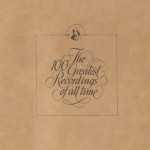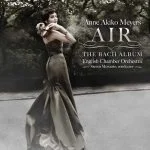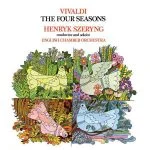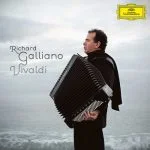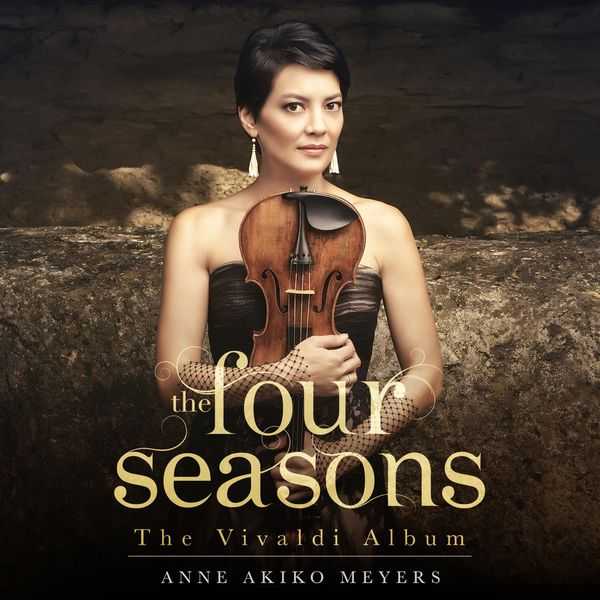

Composer: Antonio Vivaldi
Performer: Anne Akiko Meyers
Orchestra: English Chamber Orchestra
Conductor: David Lockington
Format: FLAC (tracks)
Label: eOne Music
Release: 2014
Size: 0.99 GB
Recovery: +3%
Scan: yes
Concerto No. 1 in E major, Op. 8, RV 269, “La primavera” (Spring)
01. I. Allegro
02. II. Largo e pianissimo sempre
03. III. Danza pastorale
Concerto No. 2 in G minor, Op. 8, RV 315, “L’estate” (Summer)
04. I. Allegro non molto
05. II. Adagio e piano – Presto e forte
06. III. Presto
Concerto No. 3 in F major, Op. 8, RV 293, “L’autunno” (Autumn)
07. I. Allegro
08. II. Adagio molto
09. III. Allegro
Concerto No. 4 in F minor, Op. 8, RV 297, “L’inverno” (Winter)
10. I. Allegro non molto
11. II. Largo
12. III. Allegro
13. Passacaglia
Concerto in F major, RV 551, for Three Violins
14. I. Allegro
15. II. Andante
16. III. Allegro
American violinist Anne Akiko Meyers has charted out an independent career by dint of unusual programming, an intensely lyrical style, and connections that have allowed her to play a really striking group of violins. Here the programming is adventurous only in the inclusion of Arvo Pärt’s Passacaglia in an album devoted to Vivaldi, and indeed the Pärt work seems to come out of left field. Vivaldi’s Four Seasons violin concertos are perhaps the most common item in the entire classical repertory, and the accompaniment here by the English Chamber Orchestra, which must have played these pieces hundreds or thousands of times, is standard. But the other arrows in Meyers’ quiver don’t fail her. The star of the show here is perhaps the violin, an instrument by Giuseppe Guarneri del Gesù that, Meyers notes, is considered one of the finest in existence, and it’s never been heard on recordings before. It was owned by Romantic-era violinist-composer Henri Vieuxtemps, and legend has it that Eugène Ysaÿe carried it behind Vieuxtemps’ casket on its own silk cusion at Vieuxtemps’ funeral. For the purposes of this recording, though, the relevant information is that Guarneri was nearly an exact contemporary of Vivaldi, and that Meyers draws from it a rather eerie meeting of instrumental sound and composition. The ultra-famous middle movement of the “Winter” concerto (track 11) is well worth hearing one more time here; it simply has very rarely had such a combination of soaring songfulness and sheer instrumental power. The recording of the album was apparently a complex process, taking place at Henry Wood Hall in London with “additional recording done September 6, 2013,” in Purchase, New York. Whatever this is supposed to mean, the engineers did their job of getting a really spectacular violin to communicate some of its riches through the digital haze. And that’s the main attraction here.
